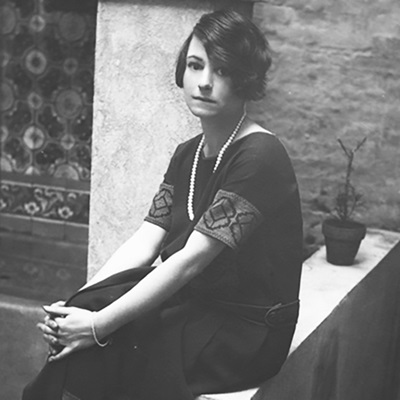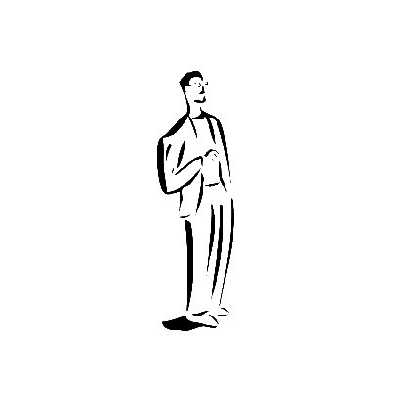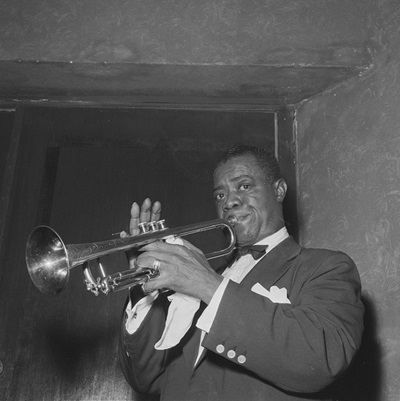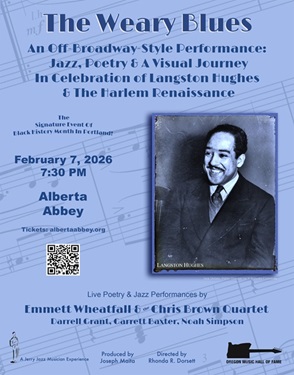Book excerpt from Easily Slip Into Another World: A Life in Music, by Henry Threadgill and Brent Hayes Edwards
This excerpt from the highly regarded biography of Henry Threadgill – one of the most original and innovative voices in contemporary music – tells the story of Threadgill’s backstage encounter with Duke Ellington in July, 1971.
...June 29th, 2023















































